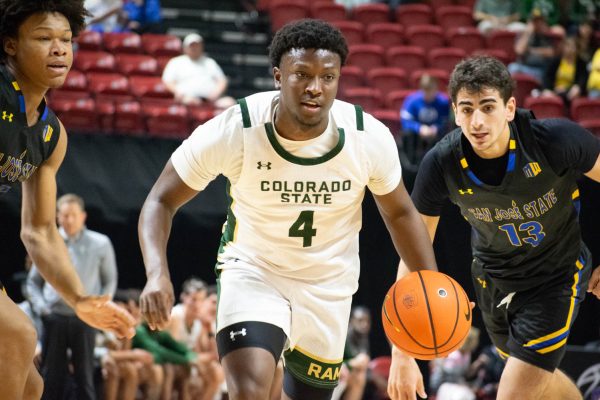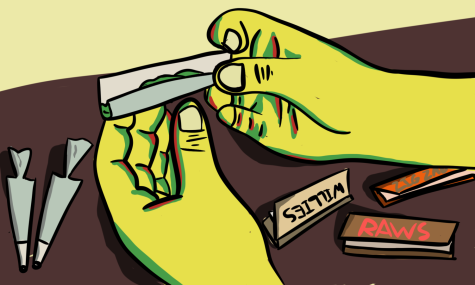I did not want to start lifting. I was convinced that cardio was the answer while lifting weights would turn me into a bulky, veiny she-Hulk. As a novice lifter, I did not understand the process, but once I understood more about the human body, my fitness game was kicked into high gear.
The muscle building process
Two things that are key to know in the muscle building process: 1) the muscle fiber breaks down and 2) the muscle tissue repairs itself, bigger than before. Let’s think about this process with one of the most commonly lifted muscle — the bicep.
Ad
You walk through the gym and grab a 20-pound dumbbell before sitting on a bench. You start your first set… 7, 8, 9 reps. Here’s what is happening to your arm.
Breaking down the bicep
To build muscle, you must first break it down. Breaking the muscle down provides it with the stimulus and room to grow. As you are lifting the 20-pound dumbbell, the muscle tissue in your bicep is being stretched and torn. Don’t worry– the tears are micro fissures. You will begin to fatigue during the workout, in part, because of the muscle tissue breaking down. This is why the last set is so much more difficult than the first few reps. When you lift really hard, the microscopic tears accumulate, making you sore the next day.
Building back the bicep
Like with any “injury,” your body begins to repair the torn tissues. Resting is crucial for this process, and rotating the muscle groups that you lift daily (arms vs legs vs back vs cardio) provides the time necessary for your biceps to recover. If you lift too heavy too often, your bicep will not fully repair and grow.
The number of fibers in your bicep does not increase, but the size of the existing fibers increases to make the muscle look bigger. Not only does the size look aesthetically bigger, but the increase in surface area of your bicep distributes the force required to lift your 20-pound dumbbell. With more distribution, the easier the 20-pounds are to lift, and you are stronger. To look more toned, you need to watch your diet and decrease the fat stores around the area.
Lifting weights for weight loss
As a girl, I don’t have the hormonal balance (testosterone namely) to create hugely bulking muscles. I go to the gym with Preston and do the exact same lifts and workouts, although I lift about half of whatever weight he has. He has giant bicep muscles, while mine remain slender and toned. I lift heavy until failure, am sore the next day and my muscles repair without getting too bulky. Preston’s repair bigger than before. There is a bit of science behind this, but the important takeaway is that LADIES, DON’T BE AFRAID TO LIFT! It can only help you. Remember, to lose weight the most efficiently, you should combine lifting with cardio.
The muscle repair process takes nutrients and energy. Your body breaks down the fuel that you eat to build itself back up. You are burning calories long after you leave the gym because your bicep is repairing the muscle tissue and then using nutrients to maintain the muscle tissue.
I challenge you to try one new weight lifting machine or exercise by the end of the week. Tweet me with #CALChallenge to let me know how sore you are! Remember, no pain = no gain, because you need to break down your muscle first.
Ad
Collegian writer Hayley Blackburn can be reached at blogs@collegian.com or on Twitter @hayley_blckbrn. If you have a specific question or topic, let her know. Leave a comment!







